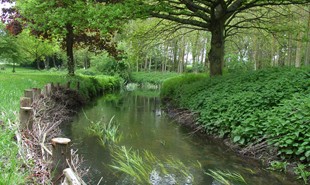Wildlife Stewardship
The guardianship of long term value is both a responsibility and a privilege. As with those who held this role before, our aim is to balance our commercial and community aspirations with high standards of environmental stewardship.
We divide our undertakings into four separate areas of engagement:
Biodiversity Management - Creating and managing habitats to encourage a variety of plant and animal life:
- 6 metre margins around arable fields to encourage insects, spiders and small mammals.
- Sustainable hedging to encourage berry feeding / hedgerow nesting animals and wild flora.
Restoration Activities - The returning of a particular area or practice to a former use, condition or application:
- Grassland in the historic parkland to restore wildlife and historic landscape.
- Replanting of trees sympathetic to the landscape and according to historic maps.
Ecological Planning - Incorporating our ecological mindset into other areas of Estate activity:
- Ecological surveys to illustrate the impact of development programmes.
- Forward planning to make alternative habitats for bats, owls, nesting birds and other protected species.
Special Sensitivities - The management of areas widely recognised as particularly sensitive environments:
- Yateley Heath Site of Special Scientific Interest (SSSI), which supports a population of Nightjar and Dartford Warbler.
- The Thames Valley Basin Special Protection Area (which Elvetham forms part of), which is covered by the EU Birds Directive.



